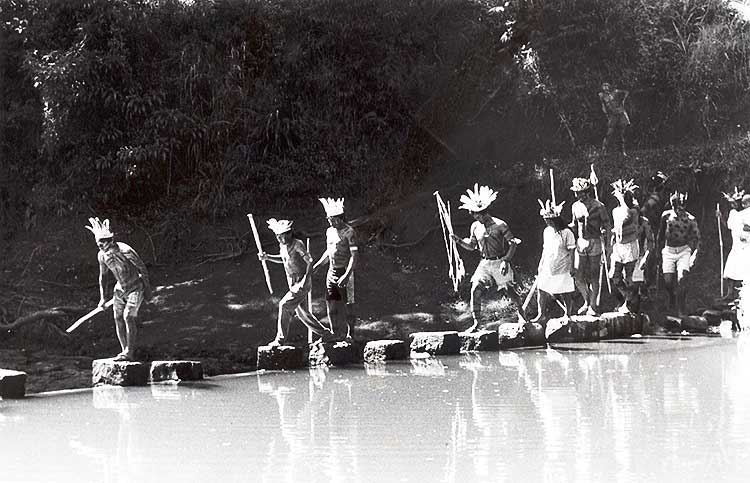
New Study Sheds Light on the Mysterious Burial Practices of the Southern Jê in Brazil
A recent study published in the Journal of Anthropological Archaeology delves into the fascinating burial practices of the Southern Jê people in Brazil, revealing a complex relationship between their use of caves and monumental mounds for interring their dead. This research provides valuable insights into the spatial, chronological, and symbolic dimensions of Southern Jê mortuary practices.
Who were the Southern Jê?
The Southern Jê are a linguistic family who inhabited central Brazil, with origins tracing back to 1050 BCE. By 840 CE, distinct linguistic branches had emerged. Today, the Kaingang and Laklãnõ are the only surviving Southern Jê groups. These indigenous communities were traditionally hunter-gatherers and agriculturalists, with a strong emphasis on family and clan structures. Their rich oral traditions and mythology reflect a deep connection to the natural and spiritual world.
Caves, Mounds, and the Journey of Souls
The study reveals that the Southern Jê utilized burial caves as early as 1 CE. Human remains were typically placed within these caves, rather than being buried. Archaeologist Luiz Phellipe de Lima notes that while many bones were found on the surface, some sites, like Serra do Veado and Virador I and II, contained buried individuals dating to after 1000 CE.
This research challenges previous assumptions about the relationship between burial caves and mound complexes. Two hypotheses were explored:
Hierarchical Hypothesis: Elites were buried in mounds, while those of lower status were placed in caves.
Chronological Hypothesis: Mound complexes replaced burial caves after 1000 CE.
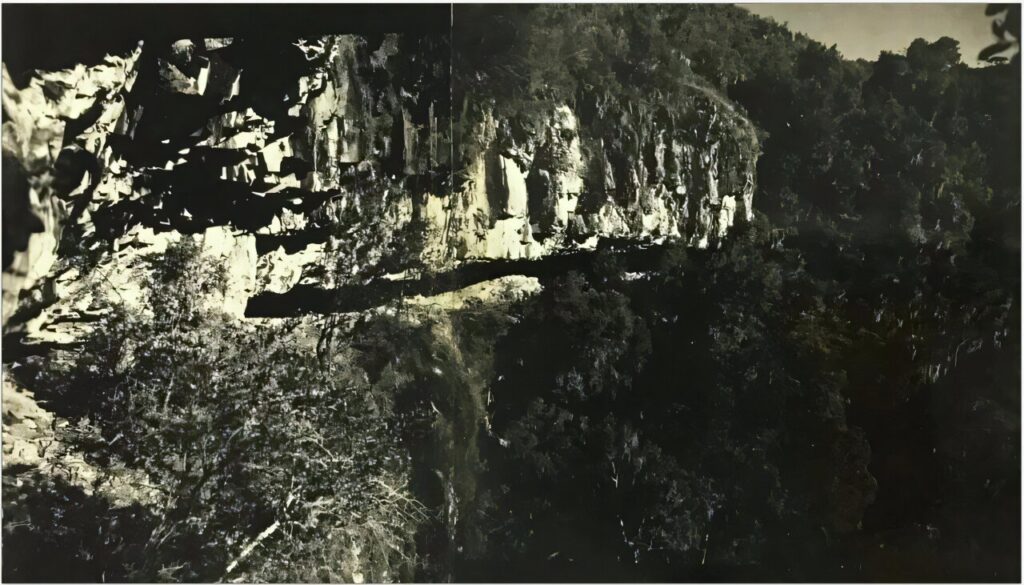
Through radiocarbon dating and GIS analysis, a significant pattern emerged: 88% of burial caves were located near water sources. This aligns with the profound mythological significance of water for the Southern Jê, symbolizing a connection between the realms of the living and the dead. This association with water may have been believed to facilitate the transition of souls to the underworld.
Furthermore, the study revealed that burial caves were often hidden in remote locations, a stark contrast to the prominent hilltop positions of mound complexes. This suggests that the visibility of the burial site was a key factor in Southern Jê mortuary practices.
Protecting the Living, Guiding the Dead
Ethnographic evidence suggests that the Southern Jê believed the souls of the deceased could pose a threat to the living if not properly guided to the underworld. By concealing the deceased in hidden caves, the researchers propose that the Southern Jê aimed to mitigate this risk and maintain social order.
This groundbreaking research sheds new light on the complex burial practices of the Southern Jê, highlighting the intricate connections between their beliefs, their environment, and their treatment of the dead. Further research promises to deepen our understanding of this fascinating culture and its rich heritage.
Luiz Phellipe de Lima et al, A song of earth and water: Burial caves as sacred and animated Southern Jê deathscapes in Brazil, Journal of Anthropological Archaeology. DOI: 10.1016/j.jaa.2024.101646
Cover Image Credit: Kaingang de Ivaí (RS). Vilaine Capellari, 1994. (Socioambiental)
You may also like
- Tomb of Prince Waser-If-Re Unearthed in Saqqara
- Archaeological Treasures Dating Back to the 4th Century BC Unearthed in King Abdulaziz Royal Reserve
- 1,700-Year-Old Roman Altar Unearthed at Vučak Castle in Kosovo
- First Mesolithic Human Figurine Found in Damjili Cave in Azerbaijan
- Spectacular Iron Age Artifacts Unearthed at Celtic Necropolis in Creuzier-le-Neuf, France
- The Steiermark Coat of Arms and Other Centuries-Old Inscriptions Discovered in Jerusalem’s Room of the Last Supper
- Vast Roman Horse Cemetery Belonging to Cavalry Unit Discovered in Germany
- 3,000 Year Old Settlement Uncovered During Construction of Ipswich Link Road
- The Ancient City of Kadyanda was the site of Brutal Pankration Competitions
- Archaeologists Discover 9,000-Year-Old Temple in Jordan Desert
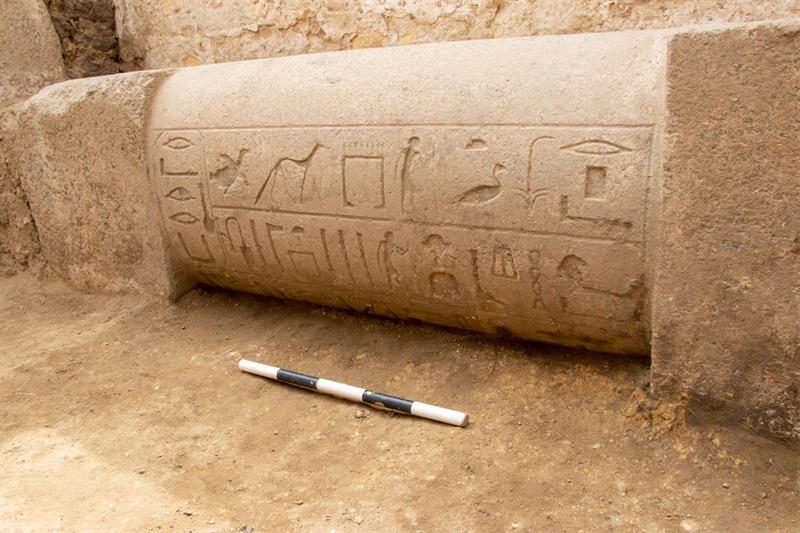
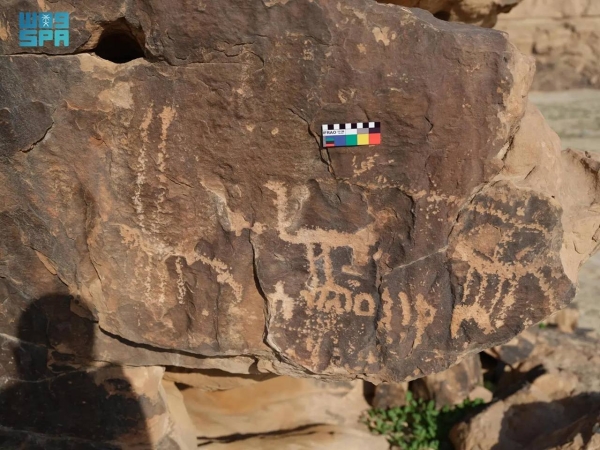
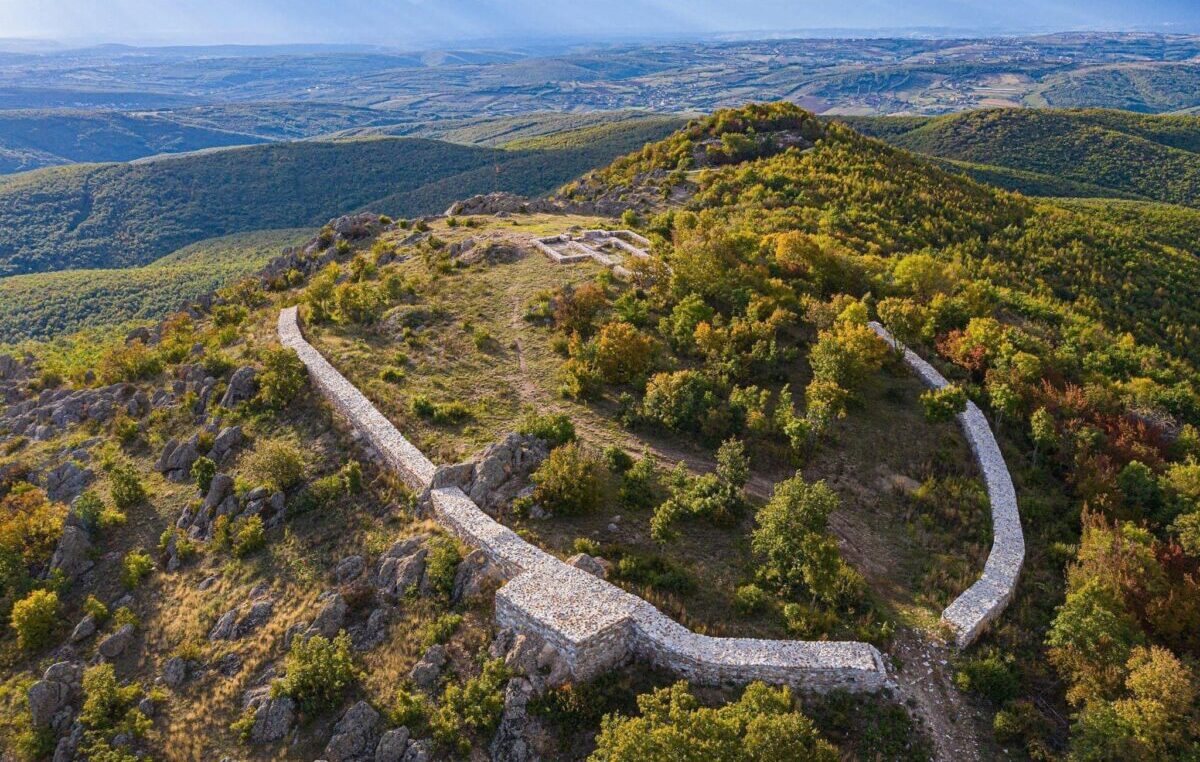

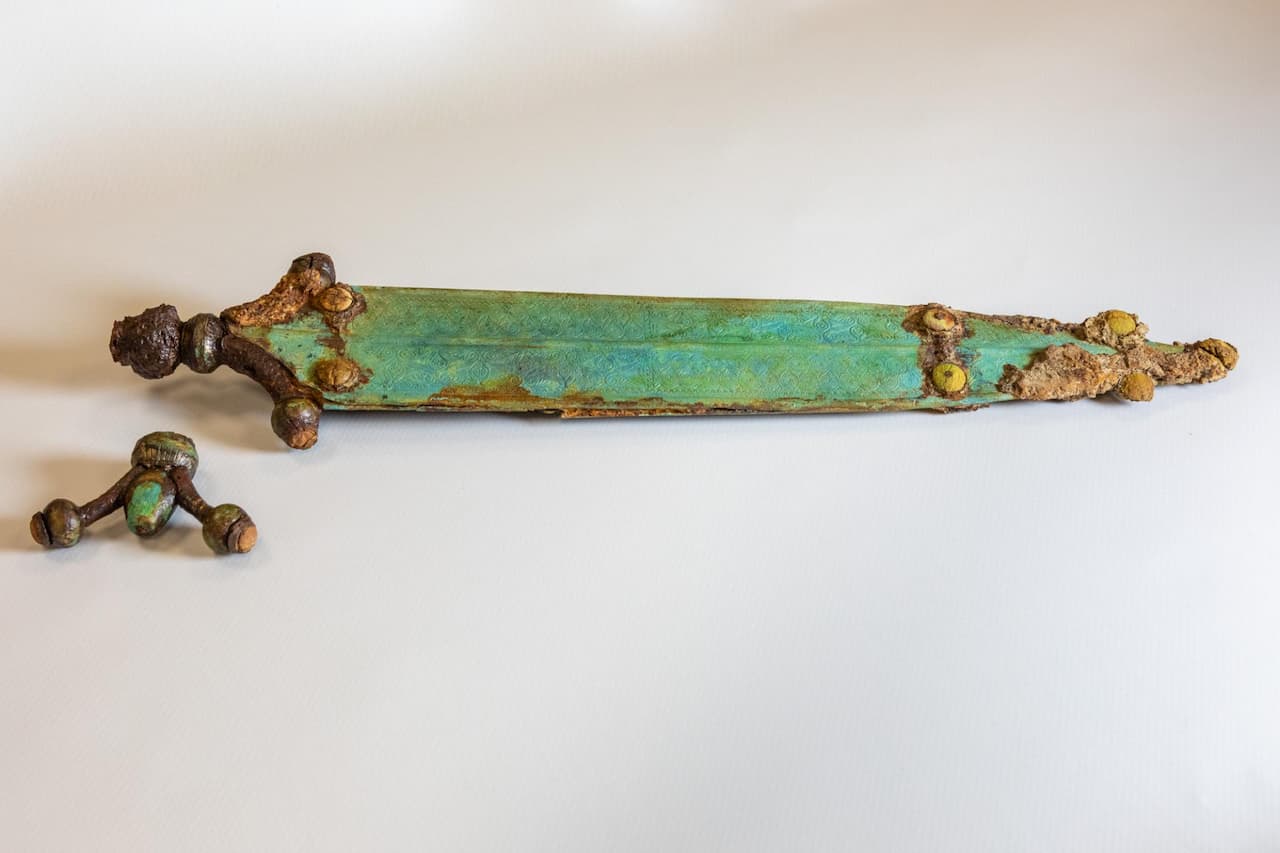
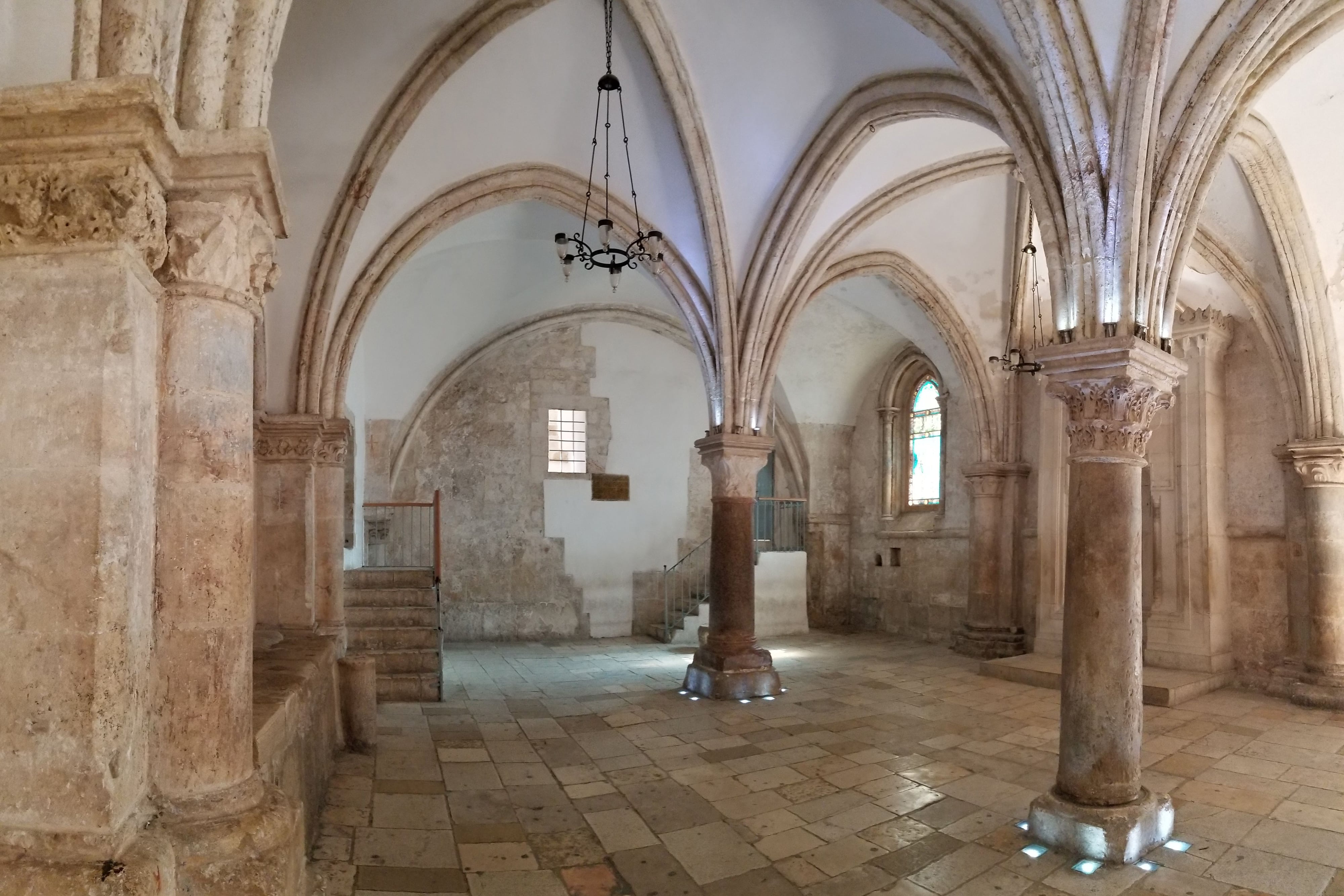
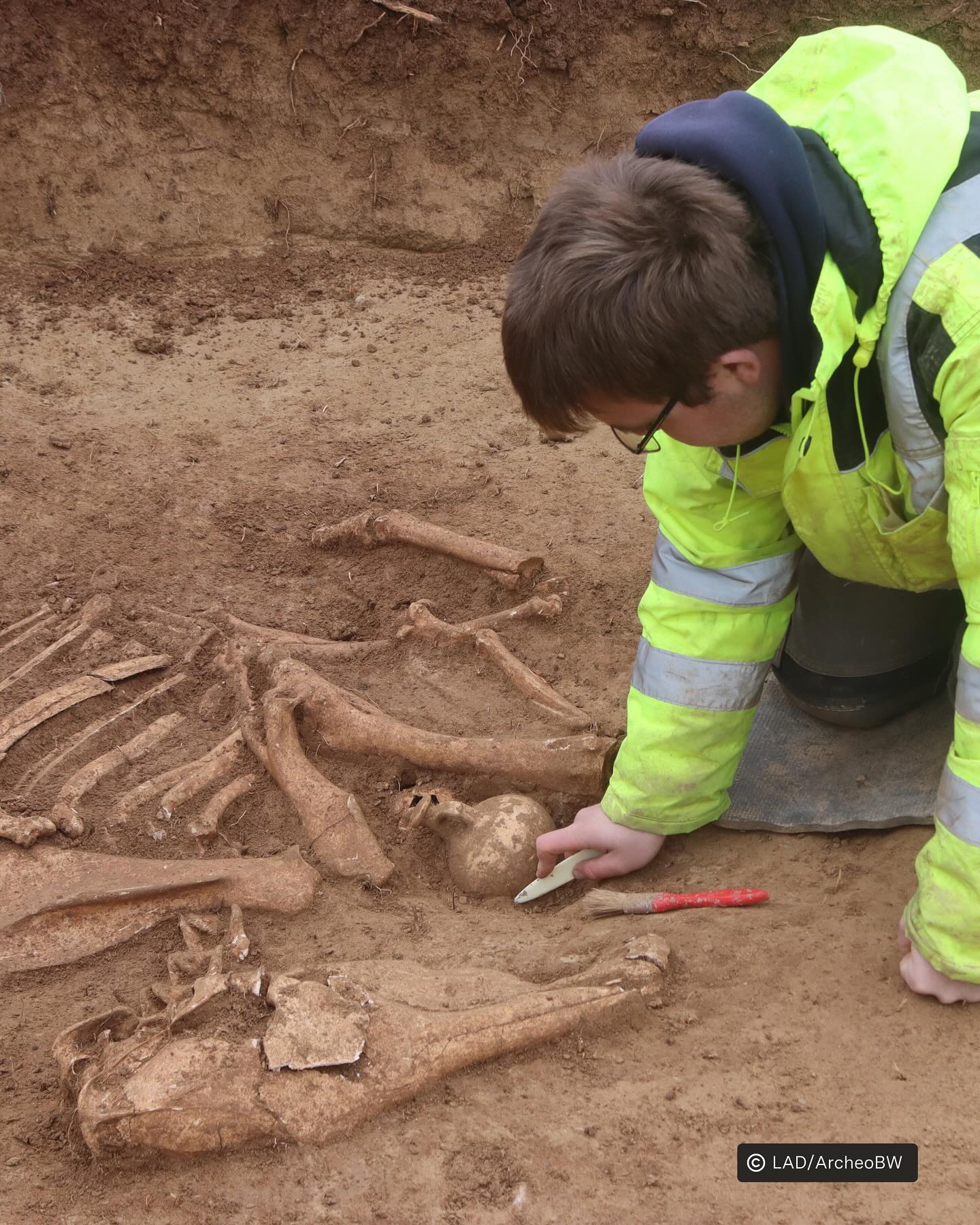

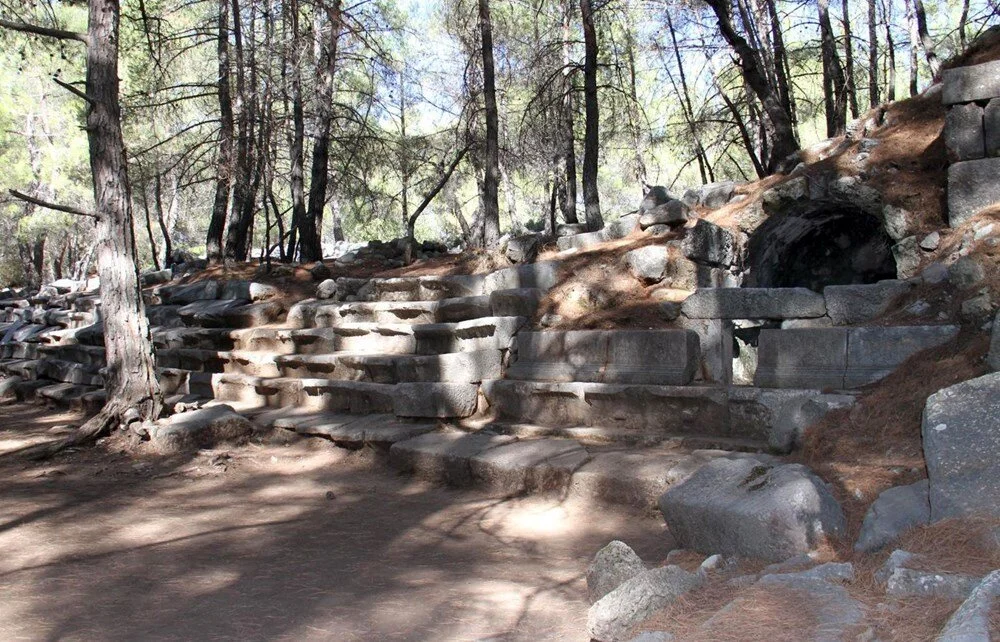
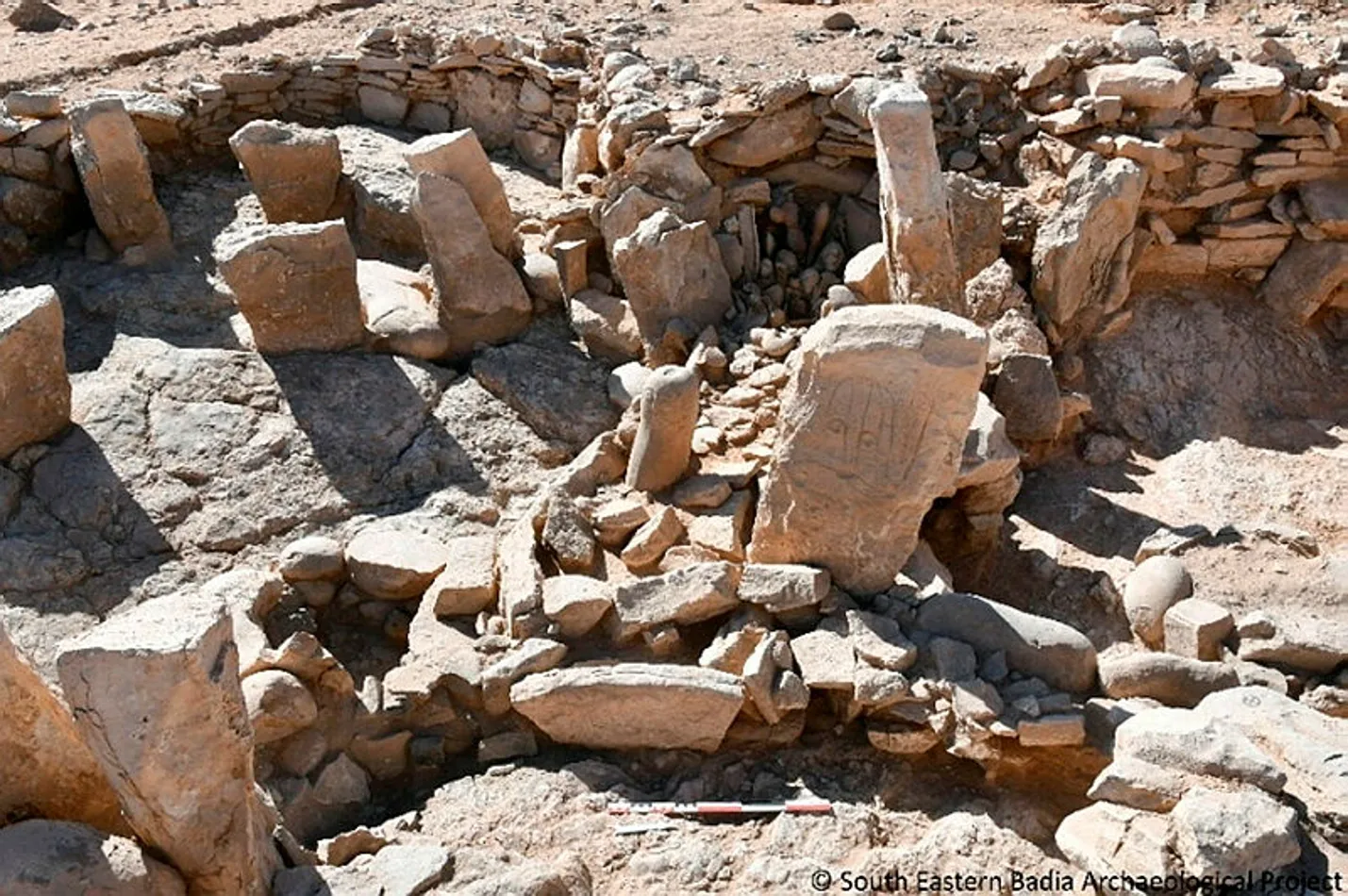
Leave a Reply